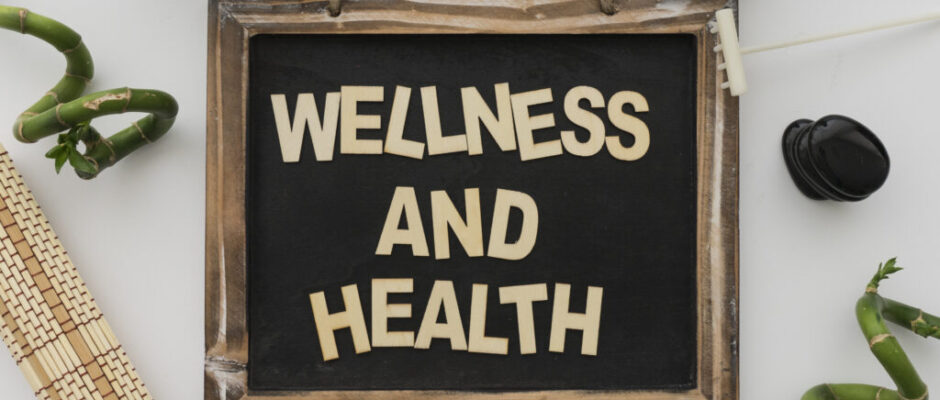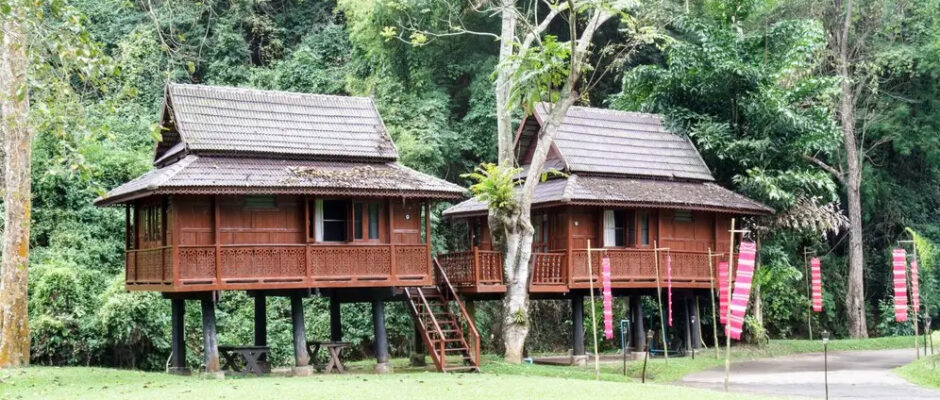Blockchain Technology: A Beacon of Trust and Transparency in the Modern Sector
When you understand the potential and purpose of technological advancements, you may easily use them to change your hectic routines into relaxed ones. Innovations like blockchain technologies are emerging, and they are constantly reshaping our methods of exploration. Let us discover how this innovation transforms the travel industry by making it more secure, transparent and customized. Decentralisation: A Fresh Approach To Secure Your Data Are you still postponing your most awaited foreign trip due to the fear of data breaches? Yes, it is a fact that you will be disclosing your personal information with multiple travel companies, hotels and tourist airline services. Sensitive information and family details could be stolen without your consent or knowledge. The good news is that blockchain technology has arrived to ease your concerns. The most modern decentralised and distributed ledger technology ensures that your data will only be distributed to authorised services. Therefore, blockchain enables you to avoid being a victim of identity thefts and data breaches. Smart Booking: The Efficiency Of Reservations Booking a hotel or resort for your stay can always be confusing, as there may be multiple interferences from various intermediaries. Blockchain clears all your confusion by introducing the concept of smart contracts and self-executing contracts with the terms of the agreement directly written into code. So, by mindfully utilising Blockchain technology, gear up for a hassle-free booking process. Ensure Transparency In Reviews. Usually, how do you choose a hotel or place to visit if you do not know much about the details of that particular destination? Most of us depend on travel reviews and testimonials. Isn’t it? But sometimes, it is difficult to decide because there may be fake reviews, too. However, Blockchain technology brings out the Transparency of such reviews by decentralising them. That means each review will be verified after being recorded on the blockchain, which ensures credibility and trust. Introducing Real-Time Identity Verification. Blockchain technology has made the process of identity verification easy. With a Blockchain account, you may access all the details instantly, eliminating the need to wait for lengthy procedures. You may now relax, forgetting the hassles and long wait behind the usual identity verification processes. Blockchain Helps Track Your Baggage. Yes, you read it right. Blockchain technology also tracks the baggage you leave at the check-in counter. This tracking system primarily benefits passengers who take lengthy trips. Travellers can connect with companies to know where the luggage is left at each point. Avail The Benefits Of Loyalty Programs. By participating in the loyalty programs, customers can earn reward points. The main attraction is that these points can be redeemed across travel partners. Thus, with blockchain technology, travel planning and execution is a breeze. Blockchain technology allows revolutionary transformations in the hospitality and travel sectors by ensuring trust, transparency and efficiency. Get ready for an adventure where your travels will be more secure by digital aids. Blockchain technology is paving the path to a fresh and challenge-free era in travel and tourism. We wish you a wonderful travel experience with Blockchain technology!








